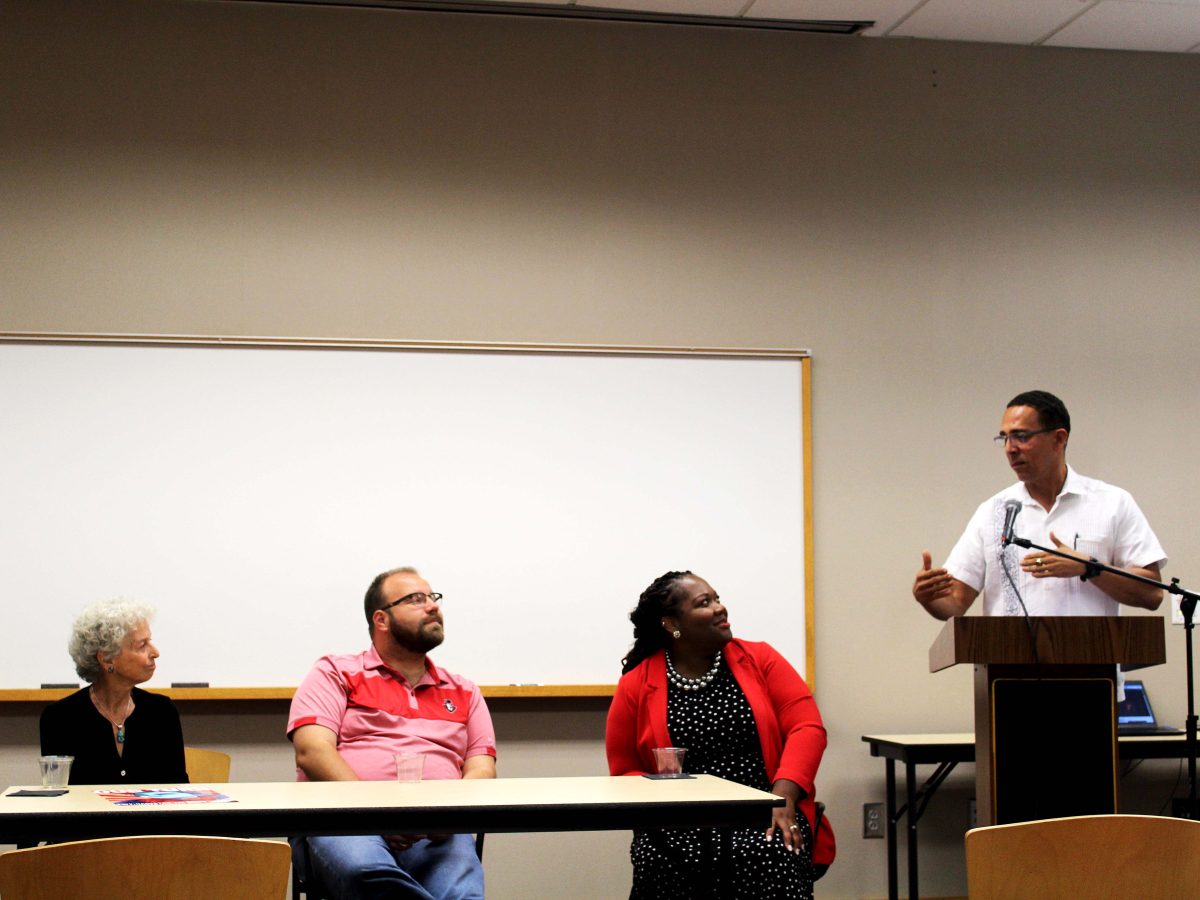» Patrick Pierce – [email protected]
The advancement of technology has boomed over the course of the last several years. Technology has led us to use a computer regularly for everyday life, including typing up a paper for class, utilizing the Internet to look up valuable information, doing taxes or simply checking Facebook to keep up with the social world.
With all this technology, however, one must also consider the amount of energy being utilized to power that computer so many individuals take for granted.
According to Tennessee Valley Authority, it costs Tennessee about 9.6 cents per kilowatt hour (kWh). For the purpose of simplicity, I rounded that up to 10 cents per kWh.
Based on the information obtained from the University of Pennsylvania Computing site, a standard Dell Optiplex 760 computer uses between 95 and 110 watts of energy to run hourly, and peaks at 116 watts, whereas a standard Mac uses nearly 50 percent more.
For simplicity purposes, I used 100 watts for this demonstration, and at 10 cents per kWh, it costs a single computer on average about 25 cents to run a computer 24 hours a day, seven days a week. Although this doesn’t sound like much, that calculation is just for one computer.
According to Information Technology Center, there are approximately 4,500 computers on campus (about 4,000 Windows and 500 Macs). Of those 4,500 computers, many of them are kept running 24 hours a day, seven days a week.
When the computers are not being used, they go into hybernation, which uses less energy.
Knowing this, there need to be guidelines to shutting computers down at night and over the weekend. This should be enforced to help make campus greener.
Based on this, roughly half of the 4,500 computers are on all day, every day. The estimated cost of running all these computers on campus per day to be around $540. Over the course of the year, that’s nearly $200,000 — money that could be saved.
You may be wondering how this affects you as a student. Each student who attends APSU pays $112.50 each semester ($250 per year) to a technology fee account.
That allows students to access campus computers, print from printers and use other technological programs offered. Essentially, students help pay to run the computers on campus.
The solution to the wasted energy from computers running during off hours would be to install a program that automatically shuts down the computer from 10 p.m. to 8 a.m.
That’s 10 hours of saved energy, everyday, cutting that $200,000 price tag in almost half. Those saving can go back into upgrading existing computers and printers campuswide; a win-win situation for all.
I believe if APSU wants to continue to make itself stand out as a green campus, small measures must be taken to not only save energy, but also save money.
That’s money you as a student of APSU pay to attend this beautiful college many of us consider home. TAS






